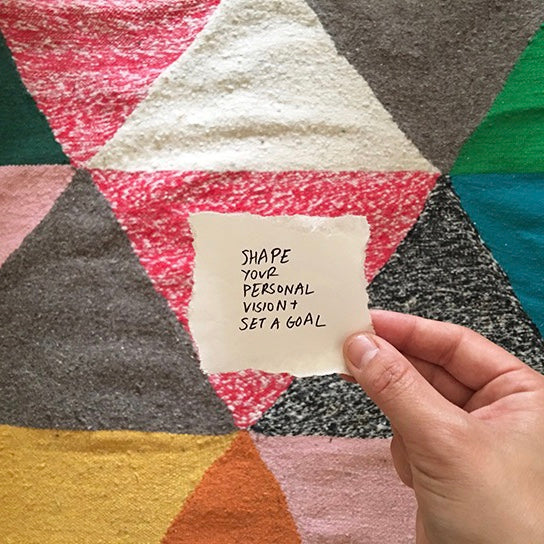----
If you’re like me, you spend a lot of time meandering at that fork, trying to decide which is the best path. As ‘adults,’ there is a perception that these questions feel more complex as there are more things to consider— there are responsibilities to upkeep, more information to process, more working parts to keep track of, etc. Sometimes we become victims of our inability to make decisions, and we succumb to the circumstance. At times, I’m what you should call a “Maximizer.” Gretchen Rubin from the Happiness Project describes the difference between a ‘Maximizer’ and a ‘Satisficer’ in Barry Schwartz book, “The Paradox of Choice: Why More is Less.”
"There are two types of decision makers. Satisficers make a decision once their criteria are met; when they find the hotel or the pasta sauce that has the qualities they want, they’re satisfied. Maximizers want to make the best possible decision; even if they see a bicycle that meets their requirements, they can’t make a decision until they’ve examined every option."
"..[you] will find it difficult to articulate a coherent vision unless it expresses his core values, his basic identity. One must first embark on the formidable journey of self-discovery in order to create a vision with authentic soul" - Mihaly Csikszentmihalyi
First, think about the things that really matter to you. What do you value and what do you want to hold on to? What kind of future do you see for yourself? Break it down to components (ie: Career, family life, health, etc.)— to really understand the various aspects of the vision. If you have a trouble doing this, it may help to think about the people that inspire you. What are the qualities that you admire about them and why? Paint a visual picture (through words, clippings, drawings, etc.) so that it reflects a tangible image of your aspirations.
Here is a a great article that helps guide you through the envisioning process with questions that can help shape your answers: Create a vision for the life you want
2) Deconstruction
3) Define the problem.
“If I were given one hour to save the planet, I would spend 59 minutes defining the problem and one minute resolving it.” —Albert Einstein
The "deconstruction" method is a great way to get a handle on your current experience and it will reveal what's working and what needs work. It will help you define the problem. Having a well-defined problem is essential to being able to confidently make the right decisions and it's the catalyst that creates a solid solution. Don't feel rushed during this process. Take some time to reflect and think about the core problem (remember, don't jump to solutions just yet). It may help to see your "envisioning" and "deconstruction" results side by side. Sometimes, the gaps observed between them can lead to the root source of the problem.
4) Ideation
“Daring ideas are like chessmen moving forward; they may be beaten, but they may start a winning game” —Goethe
Now that you have spent some time reflecting and defining the problem— you can begin the process of brainstorming ideas. What are some solutions that can solve the problem? What can help bridge the gap between your current situation versus what you envisioned. Don't shoot down any ideas (even the crazy ones). Be 'un-selfconcious' and get the ideas flowing. Ideally, you'll end up with a ton of great ideas! Next, slowly begin to shift through—to begin prioritizing and filtering these ideas (based on it's how well the idea is addressing your defined problem, its feasibility, the level of both long term and short term sustainability etc.) Ultimately, the goal is to have your "top 3" ideas, that may serve as solid solutions to test.
6) Prototyping
“Prototyping could be living in a city like a local for a couple weeks before you decide to move there or taking evening classes before you quite your job and enroll full-time; or moonlight in something you love to see if you can make a living doing it; or living with your partner to see if you can share a life. It is making a working model as close to reality as possible and test and refining it before committing 100 percent”
-Ayes Birsel, “Design the Life you Love”
Lastly (and most importantly) is process of prototyping and being able to test your ideas (personally, I find this to be one of the most critical step to decision making)— it's being able to put your idea to test out in the real world to glean insights on its efficacy. It's about making a decision without feeling burdened by its potential consequences. We need to keep in mind, that nothing is ever set in stone. Everything is a work in progress. All things are a working model. There's always room for tweaking, changing, shifting as you see how your solution progresses. All ideas, all solutions are always in iteration...


0 comments